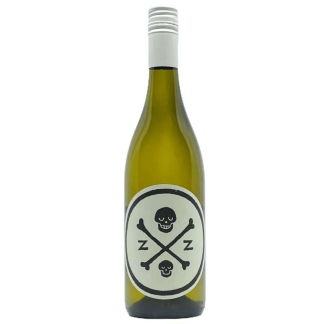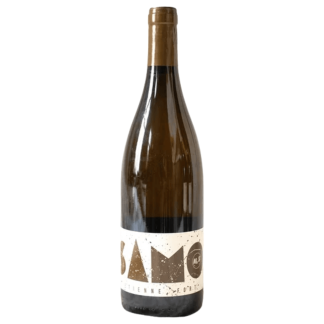Description
About Domaine Laroque d’Antan
World-renowned soil scientists Claude and Lydia Bourguignon have spent the best part of their lives working with some of the world’s greatest terroirs. In France alone, the Bourguignons’ Laboratoire Analyses Microbiologiques has advised the likes of Chave, DRC, Coche-Dury, Selosse, Dagueneau, Huet, Dauvissat and Egly-Ouriet.
During a routine soil analysis in 2005 in France’s southwest, the couple discovered the ruins of what was once a vineyard, lying in the small commune of Laroque-des-Arcs, just five kilometres from the medieval town of Cahors. A site almost entirely obscured by forest (a stony hillside on Kimmeridgian limestone), it had likely been abandoned following the phylloxera wave of the 1870s. The Bourguignon’s purchased the small parcel of land the following year.
Joined by their son Emmanuel, the family began clearing the woodland, and in the process uncovered abandoned stone huts (gariottes) and walls, feral vines and an old well (stained by Bordeaux mixture)—all relics of their place’s viticultural past.
The felled vegetation was mulched, and cereals and legumes were planted to stimulate the soil’s biodiversity. Claude Bourguignon notes that were this a conventional vineyard, the process would have taken up to 10 years for the earth to regenerate, but because this place had never seen any pesticides, it took just two. The first rootstocks were planted in 2009 at almost 10,000 vines per hectare (more than double the typical planting density in modern-day Cahors). Between 2012 and 2019, the family completed several field grafting campaigns—a far more physical and time-consuming process than the more common bench-grafting technique.
It took these pioneers more than 10 years to release their first wine. We can tell you, emphatically, it has been well worth the wait.
The vineyard lies just metres from AOC classification, not that modern bureaucratic status was ever part of the Bourguignons’ thinking. Through analysis, the family identified two terroirs: the top of the vineyard on shallow limestone, where the slope rears up to 35%; it then gives way to more clay as the slope descends—providing both a white terroir and a red terroir.
Drawing on a blend of history, climate data and their comprehensive knowledge on the subject, the family chose a broad selection of massale cuttings from a roster of each variety’s pre-eminent grower. Alongside Malbec and Cabernet Franc (from Clos Rougeard), the red vineyard was planted with Négrette, Prunelart (from Domaine Plageoles) and an ancient (almost extinct) dark-stemmed variety of Malbec called Cot à Pied Rouge (from La Grange Tiphaine). Planted on the upper limestone causse is massale selection Sauvignon Blanc sourced from the great Loire vineyards of Cotat and Dagueneau; Sauvignon Gris; two varieties of Gaillac’s Mauzac (Rose and Vert) and Verdanel (all from Plageoles).
As you would expect from France’s ‘first family of soil’, the work in the vineyard is second to none. As of 2022, Laroque D’Antan will be officially certified organic, and the vineyard is preparing for a transition to biodynamics within two to three years after that. The soil is worked superficially between March and July with a track tractor to minimise compaction. In winter, the inter-rows are protected with cover crops. Bees, hedges, fruit trees and wildflowers ensure the site’s biodiversity.
As far as we can tell, the cellar facilities have only been slightly updated since wine was last made here over a century ago! There’s a bladder press for the white and basket press for the red, as well as a stainless-steel tank and a concrete fermenter. All the oak is seasoned and sourced from the cellars of Selosse and Dujac. As you would expect from a family of microbiologists, wild yeasts are used exclusively, and fermentations are long and natural.






